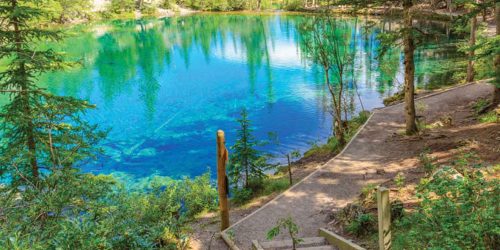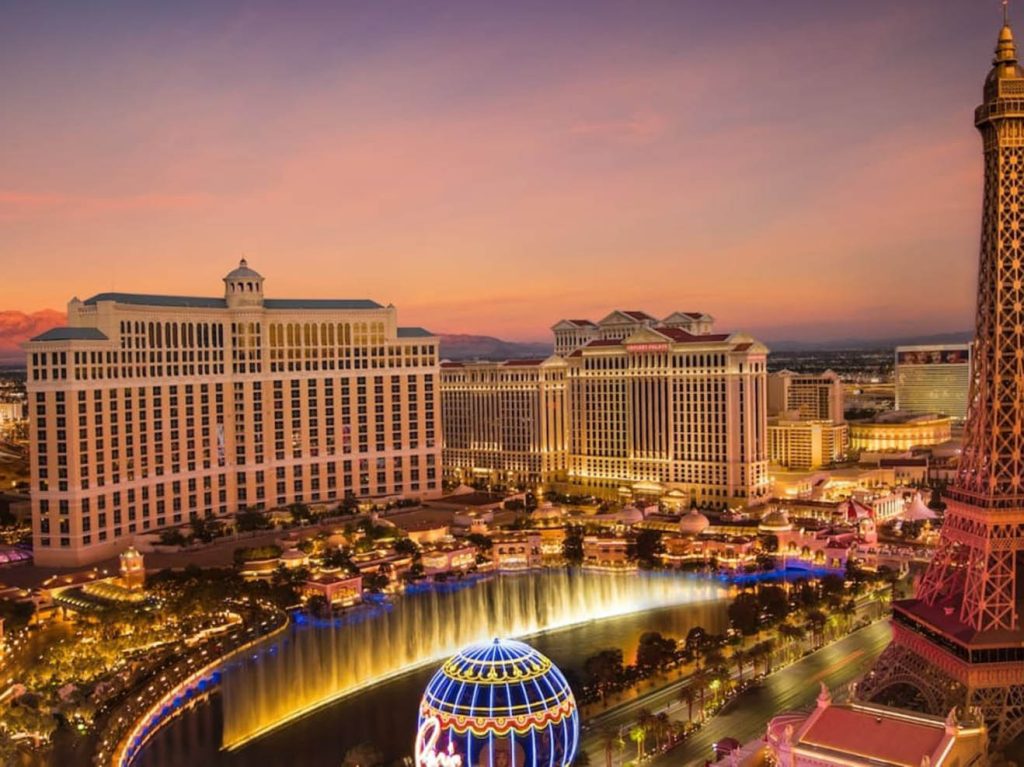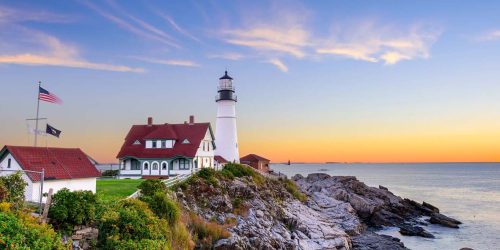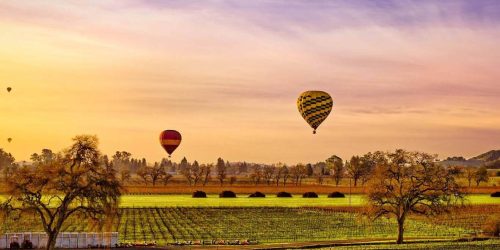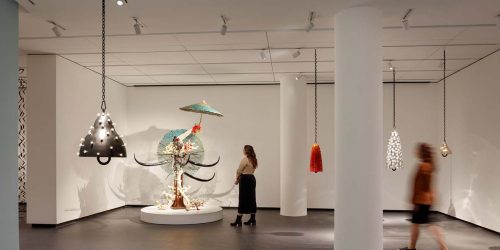Art and Nature in Harmony: Museums and Parks in Calgary
1. A Morning in the City: First Impressions and the Spark of Exploration
The air in Calgary carries a kind of freshness I hadn’t quite expected. There’s a clarity to it, sharpened by the sweeping views of the Rockies to the west and a sky so vast that it feels like part of the architecture itself. Early morning in the city has a rhythm that balances purpose with ease; commuters move steadily while joggers trace the edges of the Bow River, where the morning light dances across the surface like a living canvas.
From the very start, Calgary revealed itself as a city of juxtapositions. Sleek glass towers catch reflections of historic sandstone buildings. Public art installations appear not only in galleries but also in parks, alleyways, and street corners. Every turn of the head uncovers a new contrast — urban ambition paired with deep reverence for nature, modernism rooted in tradition.
That contrast would become the motif of the journey. Not in conflict, but in harmony: a genuine coexistence between the cultural pulse of its museums and the meditative calm of its parks. The two don’t merely exist side by side — they enrich one another, as if in dialogue.
2. Glenbow Museum: Art as Mirror and Memory
The Glenbow Museum stands in the downtown core, close to Calgary Tower, asserting itself not by sheer size but by depth of character. Its clean lines and broad entrance create a welcoming front, but it’s inside that the real stories begin.
Spending several hours there felt less like browsing a gallery and more like being immersed in a vast network of narratives. The Indigenous collections hold particular resonance — not only in the artifacts themselves, but in the way they are presented. They aren’t displayed as relics of a distant past but as living, evolving expressions of identity, spirituality, and continuity. Beaded garments, ceremonial tools, and intricate quillwork sit alongside modern interpretations of traditional themes.
In the contemporary art galleries, boldness reigns. Alberta artists share space with international voices, yet each piece contributes to a larger conversation about place, belonging, and imagination. There’s a sense of dialogue here too — between old and new, regional and global, personal and communal.
The museum’s design invites visitors to reflect, but also to engage. The rotating exhibitions breathe life into the static notion of a museum as a place only for quiet observation. Instead, Glenbow becomes a space of motion — of ideas being challenged, reframed, rediscovered.
3. The Esker Foundation: Where Art Pushes Boundaries
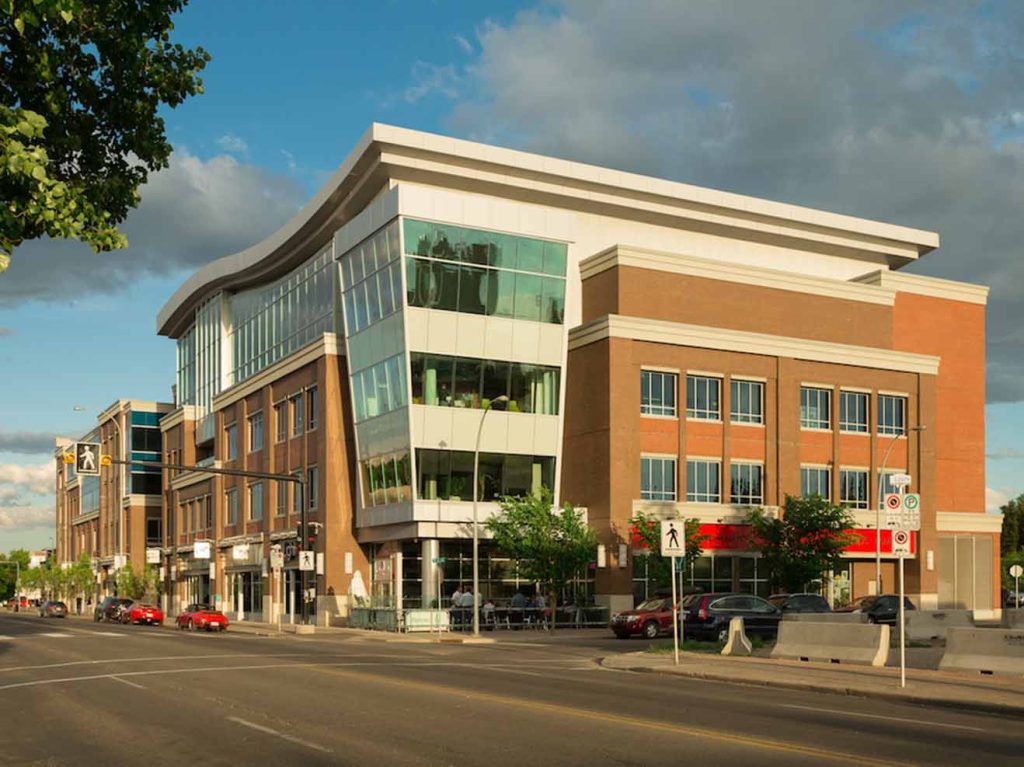
Tucked into the historic Inglewood neighborhood, the Esker Foundation occupies the top floor of a mixed-use building that feels more like a stylish urban hideaway than a traditional art institution. Its contemporary exhibitions are bold and unafraid to confront uncomfortable truths. It’s here that art doesn’t just speak — it sometimes shouts, whispers, and sings.
One exhibition featured a kinetic installation of light and sound that transformed the entire gallery space into a sensory field. Another juxtaposed archival photographs with abstract sculpture to explore themes of memory and land displacement. Each room prompted new questions — not always with easy answers.
What distinguishes Esker is its commitment to accessibility and public engagement. There are no entry fees, and its programming regularly invites dialogue through workshops and artist talks. The result is a dynamic ecosystem where art and audience grow together. And the building itself, with its large windows and open layout, blurs the line between the gallery and the outside world.
Outside, Inglewood offers its own form of artistry. Murals bloom on brick walls, boutique storefronts feature handmade crafts, and musicians busk on the sidewalk. It’s all part of the experience — curated and organic, deliberate and spontaneous.
4. Prince’s Island Park: Serenity in the Urban Pulse
A short walk from the core leads to Prince’s Island Park — a green haven cradled by the Bow River. Bridges connect it to the city like gentle reminders that nature is always within reach, no matter how tall the skyline grows.
Wandering the park reveals a landscape carefully tended but never over-tamed. Trees arch gracefully over walking paths, wildflowers bloom along the edges, and ducks paddle calmly in the lagoon. Benches invite long sits, not just for rest but for observation: families picnicking, artists sketching, children chasing bubbles through open fields.
The park is also a stage. Its amphitheatre hosts concerts and festivals, while the open lawn becomes a canvas for impromptu yoga sessions and casual drum circles. It’s not merely a place to escape the city, but to rediscover it — through the lens of leisure, creativity, and community.
Art finds its way here too. Sculptures dot the landscape, sometimes half-hidden among the foliage, as if waiting to be discovered. There’s no plaque shouting their significance — just quiet invitations to pause, look, and feel.
5. Contemporary Calgary: Light, Structure, and the Future
The building that houses Contemporary Calgary once served as the Centennial Planetarium, and its brutalist architecture still bears the unmistakable stamp of the space age. Repurposed into a gallery for contemporary art, it now explores the far reaches of human creativity.
Inside, the light shifts with the hour, casting angular shadows that play with the artworks and the visitors alike. The exhibitions lean toward the avant-garde, pushing materials to their limits. A series of digital installations made use of motion sensors, creating pieces that responded to presence and movement. Other works asked viewers to step inside — into mirrored chambers or soundscapes that redefined the relationship between art and audience.
In one gallery, a floor installation made entirely of reclaimed plastics reimagined the ocean floor as both beautiful and endangered. Another featured video art blending spoken word with abstract imagery, exploring the emotional terrain of migration and identity.
This space looks forward — not just in the art it exhibits but in how it invites questions about what art can be. It challenges preconceptions and encourages a different kind of seeing. Even the café seems part of the curation, with minimalist decor and a rotating menu inspired by local ingredients.
Outside, the sculpture garden and architectural features become extensions of the experience, where even a moment’s pause becomes part of a larger reflection.
6. Fish Creek Provincial Park: Nature at Its Purest Scale
Where the city gives way to the southern expanse, Fish Creek Provincial Park opens like a novel written in earth and water. This is one of the largest urban parks in North America, and walking through it doesn’t feel like visiting a park — it feels like entering a different realm entirely.
The trails wind through forests, along creeks, over ridges. Wildlife is ever-present but unobtrusive: deer, coyotes, songbirds. It’s easy to forget that a major city lies just beyond the trees. Even the soundscape shifts — from the hush of wind through grass to the distant splash of a beaver entering a pond.
There’s a deeper kind of artistry at work here. Not crafted by human hands, but shaped by millennia of river flow, glacier retreat, seasonal renewal. It’s a place where time stretches, where moments feel longer, quieter, more vivid.
Certain pockets of the park hold their own kind of stillness: an old ranch house, now preserved; a meadow glowing with wildflowers in the golden hour; a footbridge leading to a vista that seems too perfect to be real. Walking there invites not just observation, but restoration.
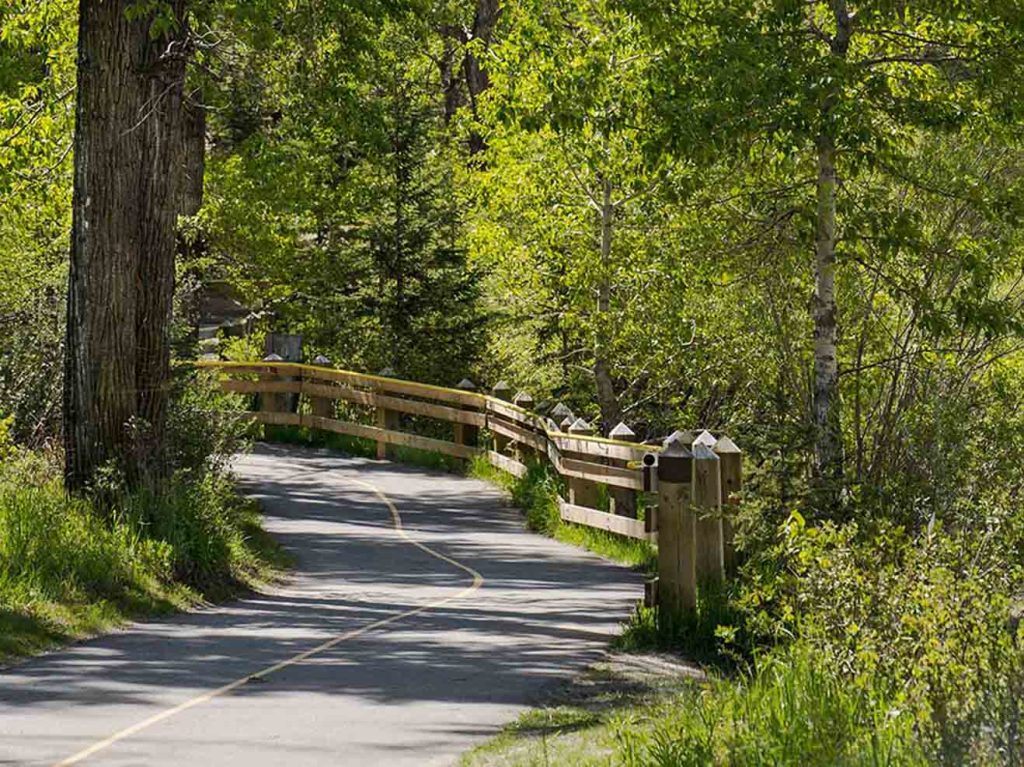
7. Studio Bell – Home of the National Music Centre: The Architecture of Sound
Music and architecture intersect at Studio Bell in ways that awaken the senses. The structure itself seems to ripple and fold like a copper ribbon caught in mid-motion. Inside, the space resonates — both literally and figuratively.
The galleries span five floors, each dedicated to a different facet of Canada’s musical heritage. From Inuit throat singing to punk rock, the breadth of expression is staggering. Yet it never feels like a textbook — everything is immersive. Instruments are not just displayed but often playable; sound booths allow visitors to mix tracks or record vocals.
There’s also a hall of fame, but even that avoids the static weight of marble and plaque. Instead, interactive screens and sound capsules bring legacies to life, inviting listeners to step into the stories behind the music.
Perhaps most moving is the performance hall — intimate, acoustically perfect, and open to the public. One evening, sitting there as a string quartet played a piece inspired by prairie landscapes, the boundaries between sound, memory, and place seemed to blur.
Studio Bell exemplifies the idea that art does not live in museums alone — it is sung, strummed, recorded, shared. It travels across time and space, changing shape while retaining soul.
8. Devonian Gardens: Suspended Wilderness Above the City
In the heart of downtown, above the bustle of Stephen Avenue, Devonian Gardens offers an entirely different kind of green space. Encased in glass, with sunlight filtering through high ceilings, it’s both greenhouse and gallery.
More than 500 trees grow there, alongside koi ponds, waterfalls, and living walls that breathe with chlorophyll rhythm. Children play near the fountains, business people eat lunch under palms, and the entire space hums with quiet joy.
Unlike a conventional park, Devonian Gardens redefines what nature can be in an urban core. It’s a cultivated wilderness — designed, yes, but also deeply alive. Its presence suggests that even within the busiest quarters of modern life, moments of calm and reconnection are not only possible, but essential.
9. Riley Park and the Senator Patrick Burns Memorial Rock Garden
Nestled in the community of Hillhurst, Riley Park brings a Victorian charm to the Calgary park scene. It features wide open lawns, a cricket pitch, and one of the city’s most exquisite rock gardens. The garden, originally constructed in the 1950s, has been lovingly restored, and now serves as a tranquil pocket of beauty.
Winding paths lead past alpine plants, native grasses, and gentle water features. It’s a quieter park than some — no playground noise or festival stages — but that stillness is part of its appeal.
The sense of design is strong here, yet never rigid. It’s horticultural art at its best: evocative, calming, poetic.
10. Conclusion-Free, Always-Expanding Paths
Walking through Calgary’s blend of parks and museums becomes a study in how cities can speak — through paint, through stone, through plant and bird and memory. Each destination offers not just sights to see, but meanings to feel, to ponder.
Here, creativity doesn’t shut the door behind it in a gallery. It strolls into parks. It joins in concerts. It spills into murals and dances in fountains. Calgary doesn’t draw a line between art and nature. It draws them together, and then invites everyone in.
